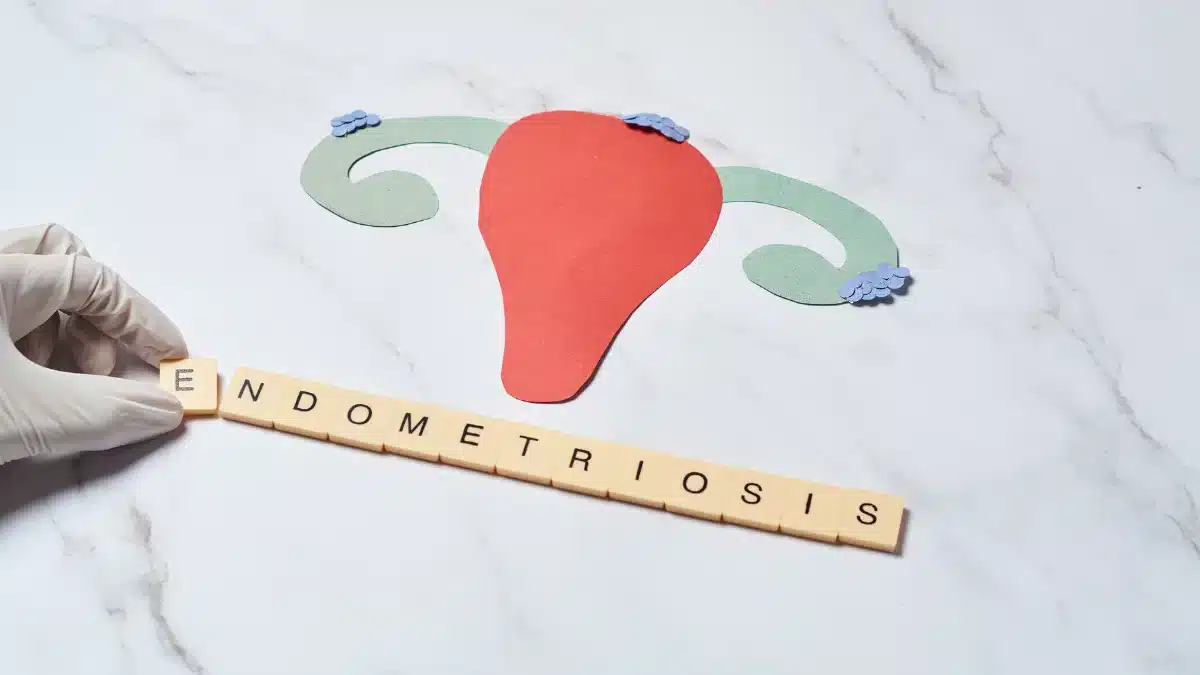Endometriosis Diagnosis: A Closer Look at Challenges and Advancements
Endometriosis is a chronic and serious condition with a variety of symptoms, like pain in periods and sexual intercourse.
As per the World Health Organisation, it affects 190 million women and girls worldwide.
It is crucial to detect this problem early for effective management.
There are various methods that can be used for Endometriosis diagnosis. Still, the uncertainties remain due to a lot of factors.
This article will discuss all such methods and the challenges faced in achieving accurate diagnoses of Endometriosis.
How to diagnose Endometriosis
Medical professionals often use a few methods for diagnosing this severe condition.
In this section, we will discuss all such approaches in detail.
Clinical evaluation

It refers to the process where healthcare professionals assess a patient’s medical history and symptoms and perform a physical examination.
A study published in the National Library of Medicine suggests that this method is used in nearly 80% of the cases.
During this evaluation, doctors gather information about the patient’s menstrual cycle, pain symptoms, and other relevant details related to gynecological health.
The aim of this examination is to look for a variety of symptoms or signs that indicate the presence of Endometriosis.
This can help the doctors to make decisions about further diagnostic steps.

Get relief from PMS symptoms and heavy or irregular periods.
Visit WowRx to find your PMS relief companion now.
Regestrone 5mgDanogen 100mgLaparoscopy
It is a surgical procedure and is considered the gold standard for diagnosing Endometriosis.
Laparoscopy involves making small incisions in the abdominal wall to insert a thin tube-like instrument called a laparoscope.
The laparoscope is equipped with a light and a camera. This allows the surgeon to visualize the inside of the abdomen and pelvis.
During this procedure, the surgeon can examine the pelvic cavity, ovaries, fallopian tubes, and surrounding structures.
If Endometriosis is detected, they may also perform necessary steps, such as removing or treating lesions.
For a deeper understanding of various treatment options, explore our comprehensive guide on Endometriosis Treatment.
Biopsy
During Laparoscopy, if the doctor notices something unusual, they may conduct a biopsy.
In this procedure, a small instrument is used to collect a tiny sample of tissue from the identified area.
This sample is sent to a specialized laboratory, where doctors examine it under a microscope.
It barely takes 15 minutes for the entire process and may cause mild pain and discomfort to some people.
Imaging tests
There are a few non-surgical techniques that are used to assist in the diagnosis of Endometriosis.
Two commonly used imaging tests are ultrasound and MRI (Magnetic Resonance Imaging).
Ultrasound

Ultrasound uses high-frequency sound waves to create visuals of internal structures within the body.
For diagnosing Endometriosis, transvaginal ultrasound is used. This utilizes sound waves to create detailed images of pelvic organs.
It is commonly used to identify ovarian cysts, abnormalities in the uterus, and potential signs of Endometriosis.
While it may not capture all Endometriosis lesions, it provides important initial information for healthcare providers.
MRI
MRI uses a powerful magnetic field and radio waves to produce high-resolution images of the pelvic region.
It can help find Endometriotic lesions (injury), including their size, location, and involvement of nearby structures.
However, the sensitivity and specificity of these tests can vary. They may not always provide a definitive diagnosis.
Challenges in diagnosing Endometriosis
Diagnosing Endometriosis is challenging because it comes with various symptoms that differ from person to person.
It may include pelvic pain, menstrual disturbance, and irregularities in bowel movements. These symptoms often overlap with other common issues like Irritable Bowel Syndrome.
This makes it easy to mistake them for something else.
The main way to confirm Endometriosis is through Laparoscopy, but this is not the first choice for diagnosis.
Many people might be hesitant about opting for surgery. This leads to delays in identifying the condition.
As of now, there is no simple test or scan that can tell for sure if you have Endometriosis without surgery.
While ultrasounds or MRIs can show certain irregularities, they don’t always give a clear confirmation of the condition.
This lack of a straightforward diagnostic tool makes it harder to identify the condition quickly.
Researchers are working on identifying better ways to diagnose Endometriosis without surgery.
Until they don’t find an easier way to diagnose, it’s important for patients and doctors to work together closely.
Conclusion
Diagnosing Endometriosis can be done through various methods.
One such way is through clinical evaluation, which involves assessing medical history and symptoms.
Additionally, Laparoscopy, a surgical procedure, provides a direct visualization of pelvic structures, often accompanied by a biopsy for further confirmation.
Imaging methods, such as ultrasound and MRI, offer non-invasive insights into the pelvic region.
Despite these approaches, challenges remain due to symptom variability and the absence of an easy and definitive diagnostic tool.
Until scientists find an easier way to diagnose, patients and healthcare professionals should work collaboratively.
Frequently Asked Questions
When is Endometriosis diagnosed?
Endometriosis is diagnosed when individuals experience symptoms like pelvic pain, painful periods, or discomfort during intercourse. The first step of diagnosis often occurs after a thorough clinical evaluation, including a pelvic exam and imaging studies.
Can you diagnose Endometriosis with an ultrasound?
Yes, transvaginal ultrasound can help in identifying certain features associated with Endometriosis, such as abnormalities in the pelvic region. However, ultrasound alone may not provide a conclusive diagnosis. Laparoscopy is often required for a definitive assessment of the condition.
How is Endometriosis diagnosed?
Endometriosis is diagnosed through several methods. It includes a combination of clinical evaluation, imaging tests (like ultrasound or MRI), and often Laparoscopy. A biopsy may be performed during Laparoscopy for confirmation.
Why is Endometriosis so hard to diagnose?
Diagnosing Endometriosis is challenging due to varied symptoms that overlap with other conditions. The absence of a simple, non-surgical diagnostic tool makes it reliant on methods like Laparoscopy. It generally leads to a delay in the detection of the condition.
WowRx uses only high-quality sources while writing our articles. Please read our content information policy to know more about how we keep our content reliable and trustworthy.






